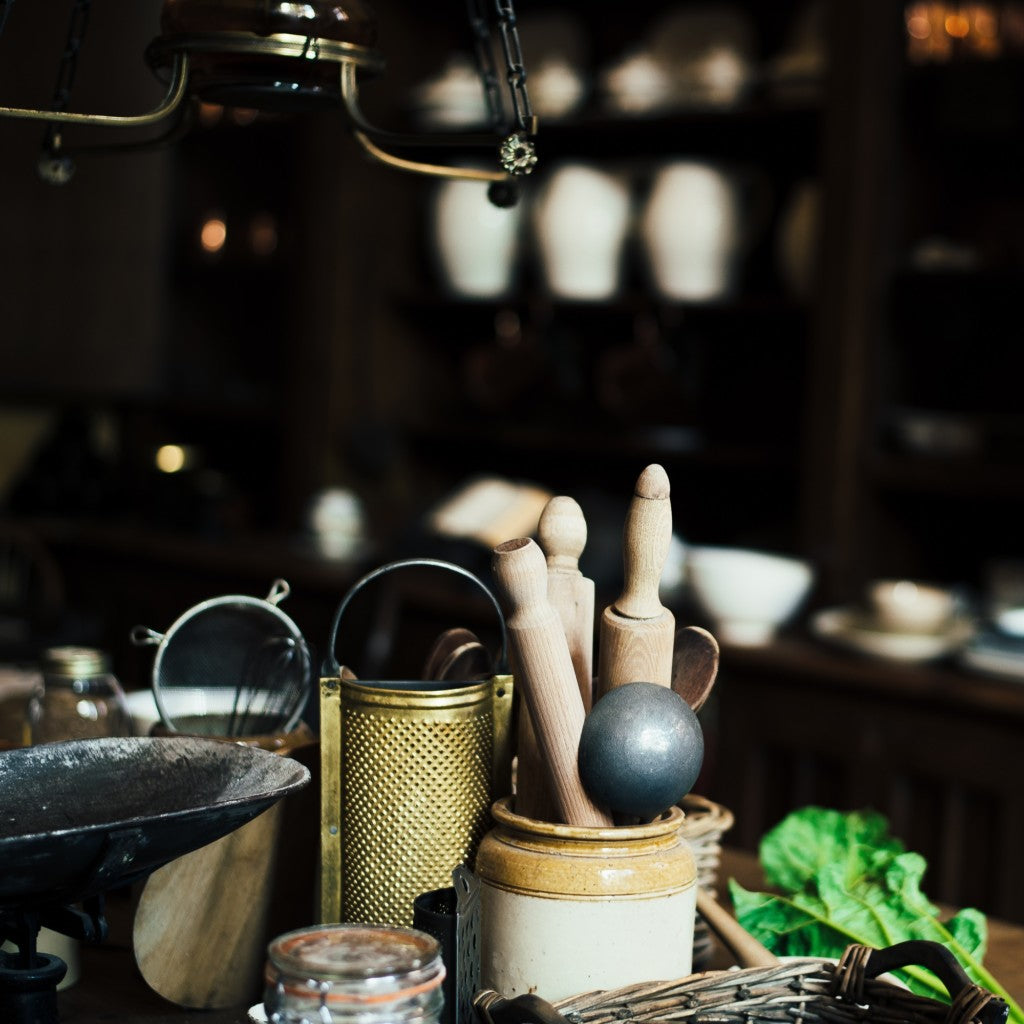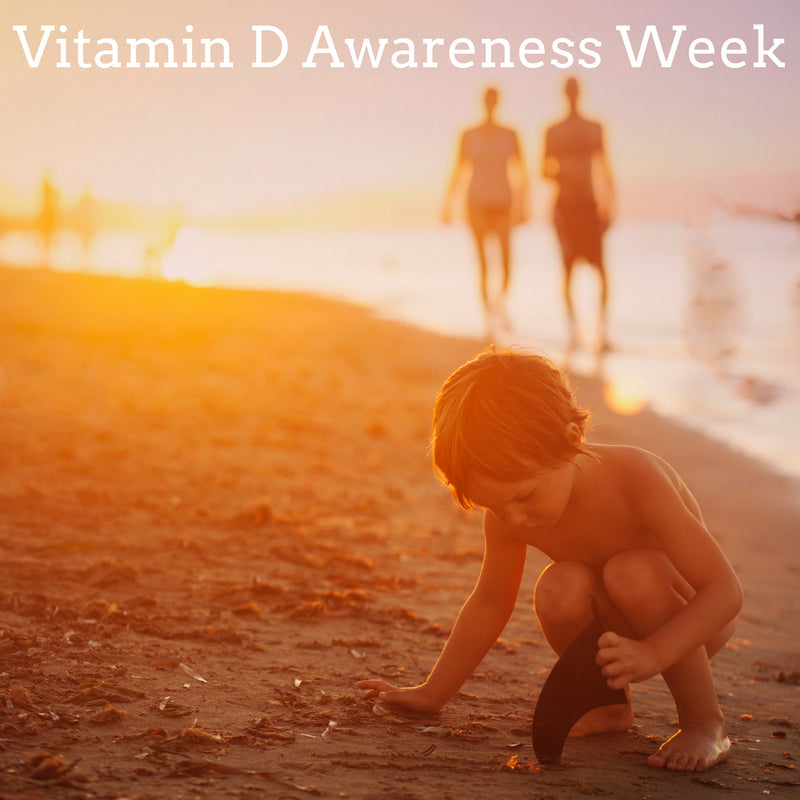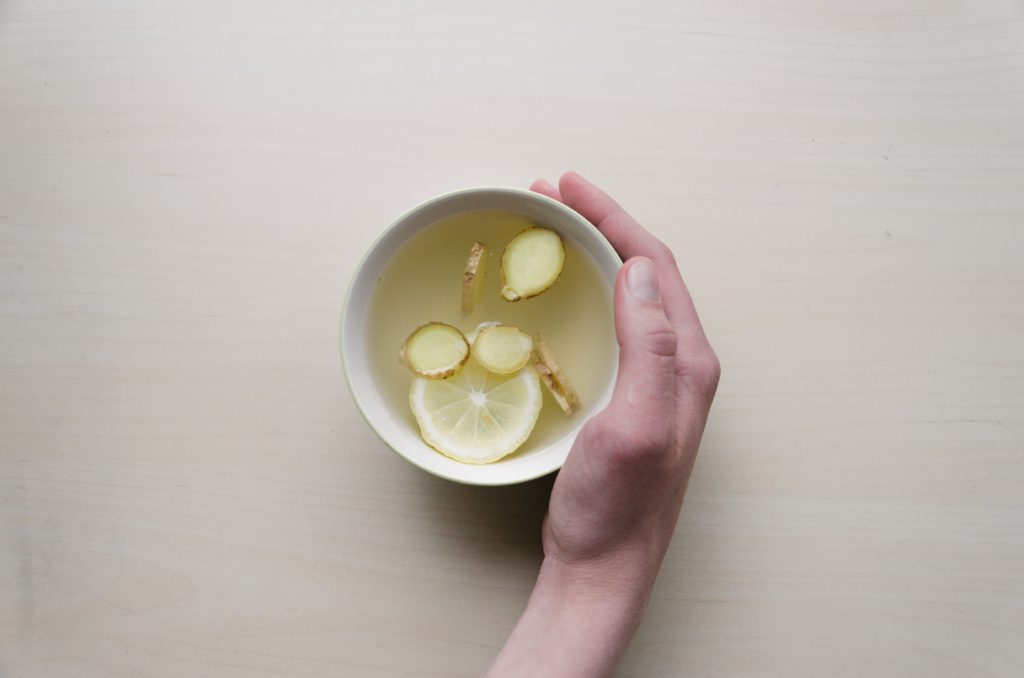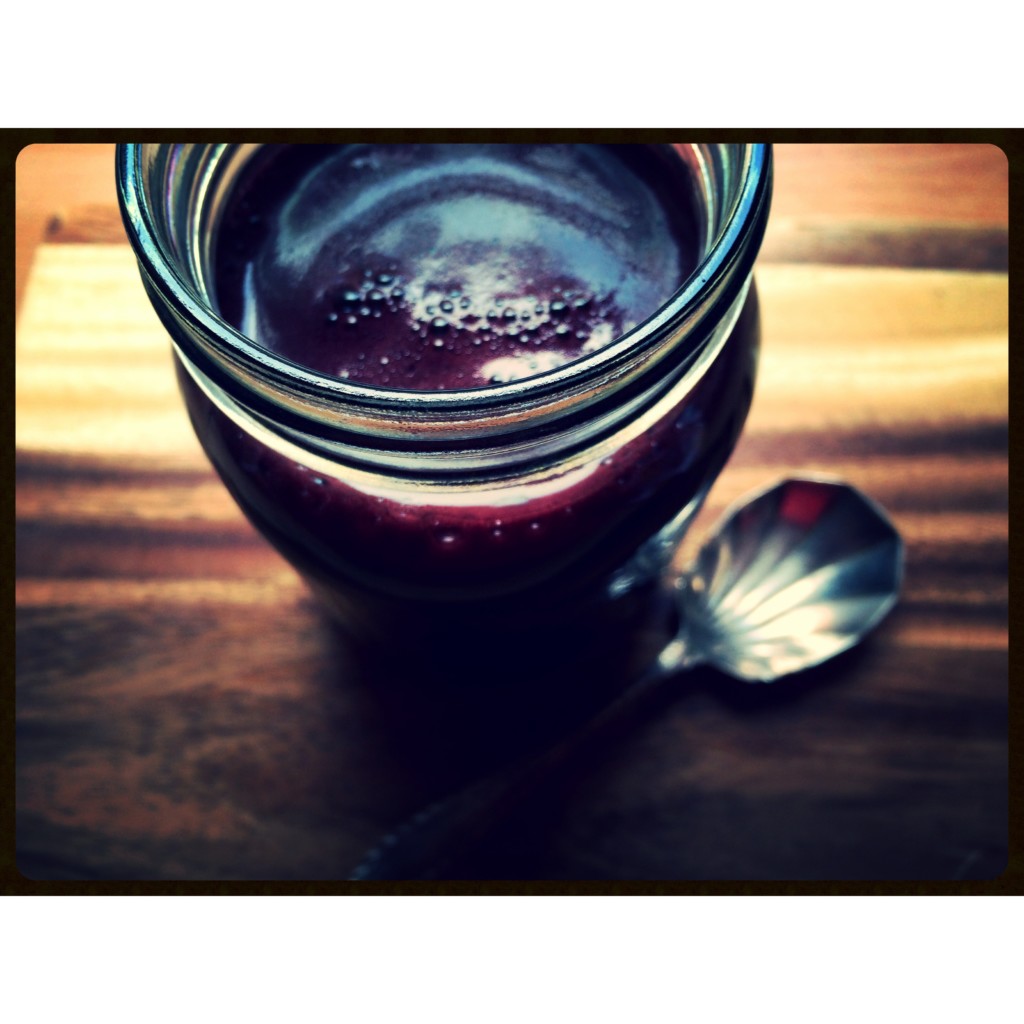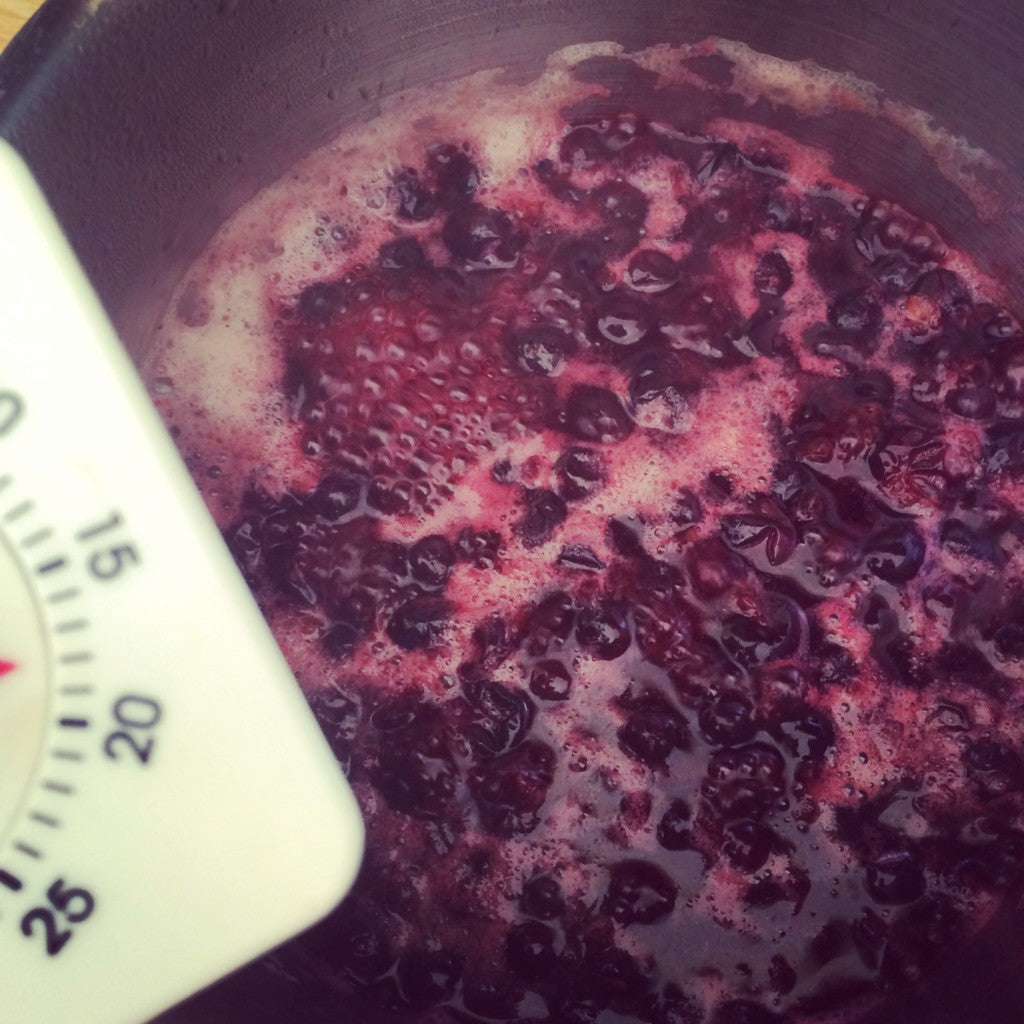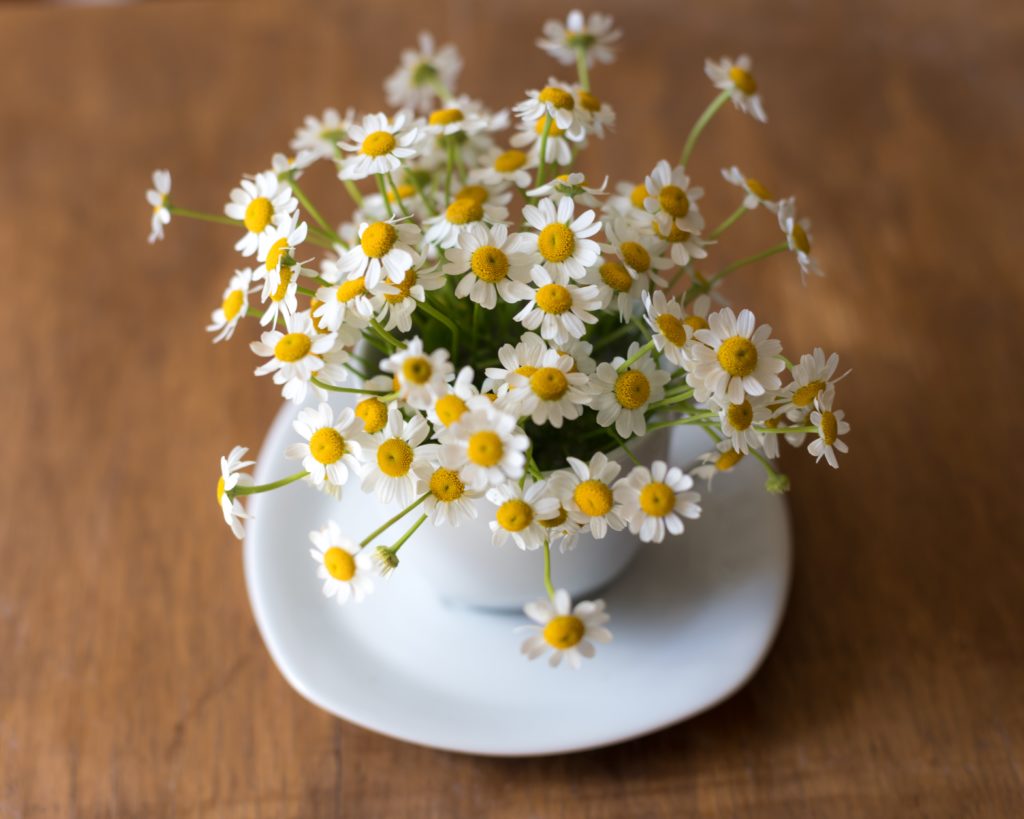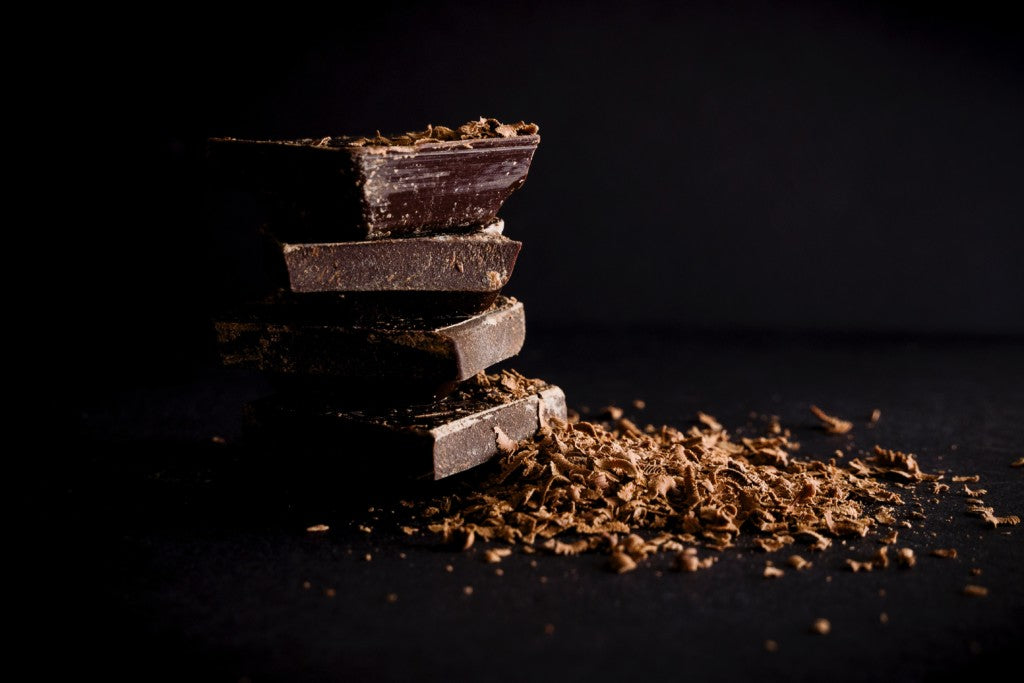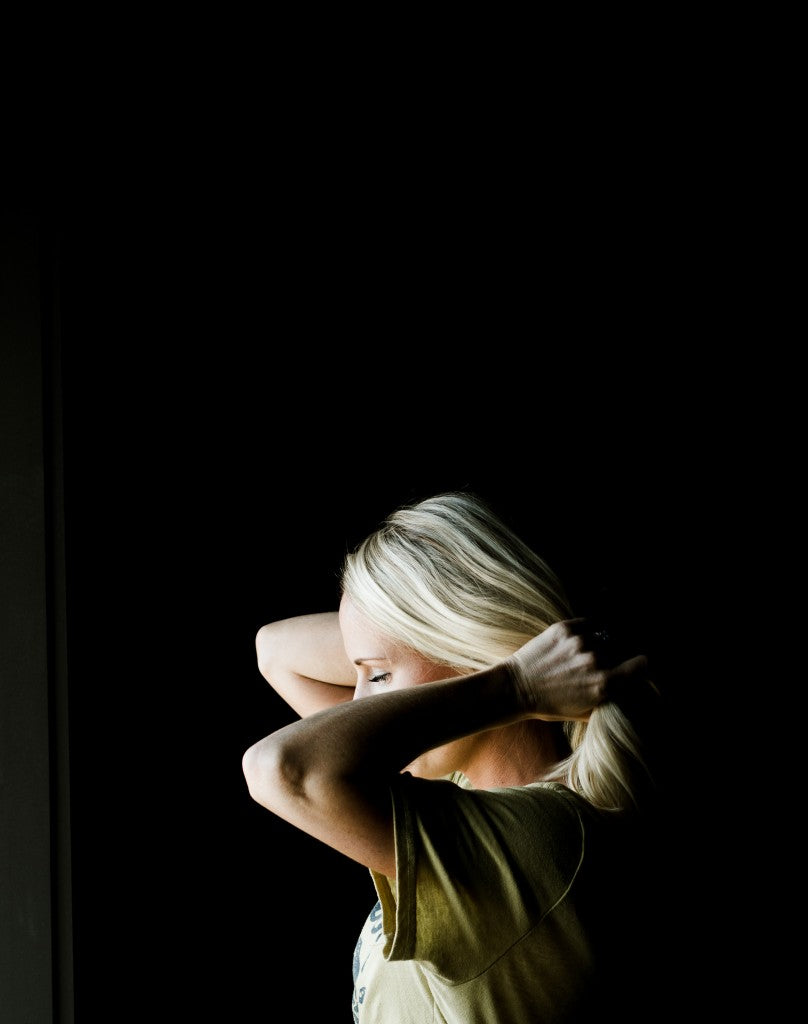Journal
- All
- Antioxidant
- Astragalus
- Blood clots
- Brain fog
- Burnout
- Cervical cancer
- Cholecystectomy
- Cold feet
- Cracked heels
- Echinacea
- Exhaustion
- Fatigue
- Gallbladder
- Headaches
- Health Advice
- Heart health
- Liver
- Low immunity
- Low white blood cells
- Memory
- Menopause
- Migraines
- Nervous system
- Perimenopause
- Recipe
- RnA ReSet
- Strokes
- Sun protection
- Thyroid
“Laughter is brightest in the place where food is.” – Irish Proverb Over the years we have gathered together Lamb family recipes. These are the recipes we have used time and time again and shared with friends and family....
We are supporting Vitamin D Awareness Week in the hope that the public no longer sees the sun as public enemy No.1. How do we get Vitamin D? Vitamin D₃ is made in your skin when you are exposed...
Proven Ways to Prevent and Treat the Flu
There is pressure on the NHS like never before. The advice on the NHS website for flu prevention is good hygiene and the flu vaccine. There are fears the current vaccines won’t hold off the viruses and a Cochrane review of the...
As soon as you trust yourself, you will know how to live – Johann Wolfgang von Goethe I was brought up more or less a vegetarian. And although I no longer adopt this lifestyle choice I remember very fondly my mum’s...
Homemade Elderberry Syrup Recipe
The Elder – the medicine chest of the country people (Ettmueller, physician in the 1660’s) The Elder (Sambucus nigra) is such a beautiful versatile tree gifting us with a wealth of medicinal benefits. It’s THE antiviral to turn to...
Blackcurrant Jam and How Not To Be a Domestic Goddess
Any excuse to use my favourite kitchen gadget. It’s not my expensive slow macerating juicer nor my close second mini chopper but my very cheap kitchen timer dad bought me from his favourite shop Lidl’s. These days due to time...
The vague symptoms of ‘silent reflux’
What is silent reflux? Silent reflux symptoms can be vague but include: A chronic cough, often worse in the morning Hoarseness, often worse in the morning Throat clearing Sleep apnea Difficulty swallowing Shortness of breath Asthma Bad breath COPD Tooth...
Dr Carolyn Dean has called magnesium deficiency the ‘silent public health crisis.’ Magnesium a vital nutrient, is the fourth most abundant mineral in the body and is used in over 300 biochemical reactions. It is necessary for healthy bones, regulating...
The average women puts 515 chemicals on her body every single day without knowing. That is a pretty worrying statement and coupled with other environmental toxins it can be a heavy load. From the time you get up you may...
